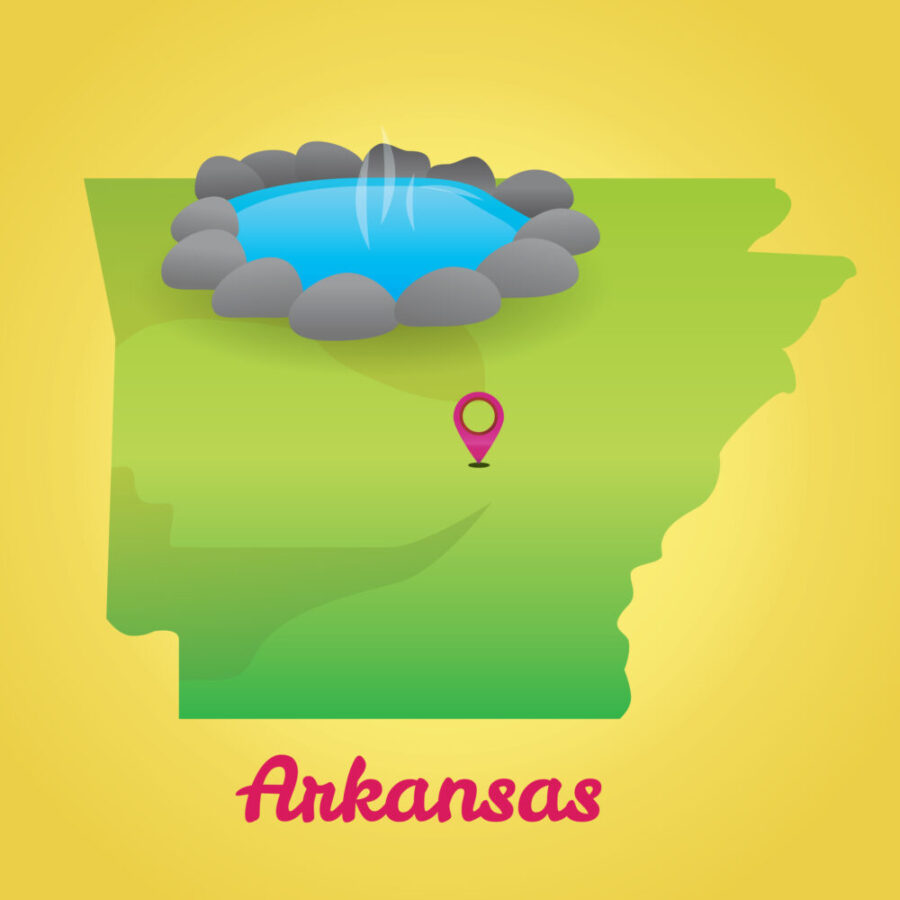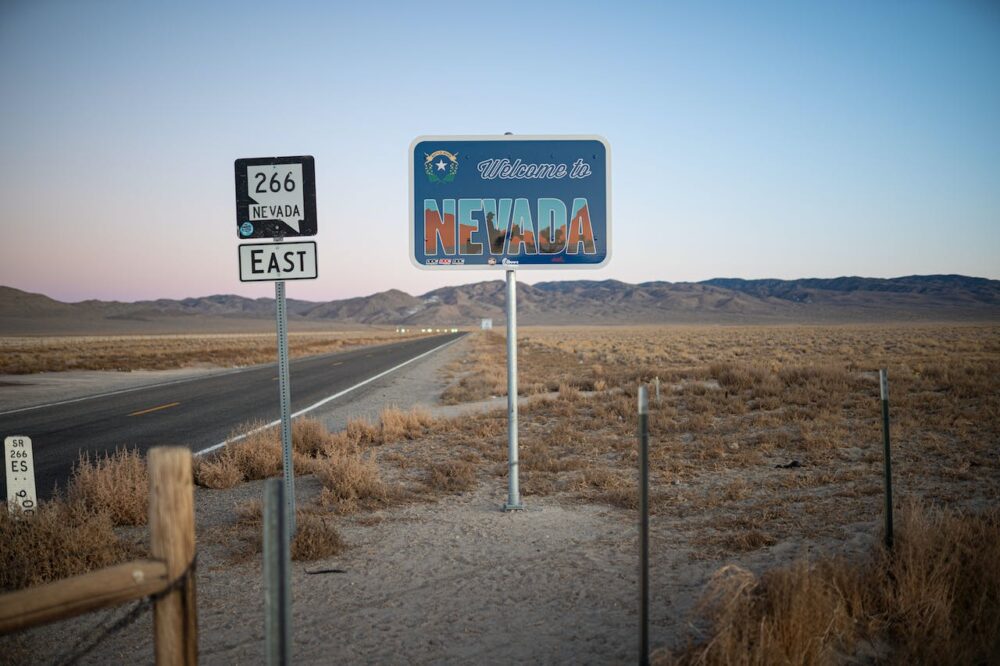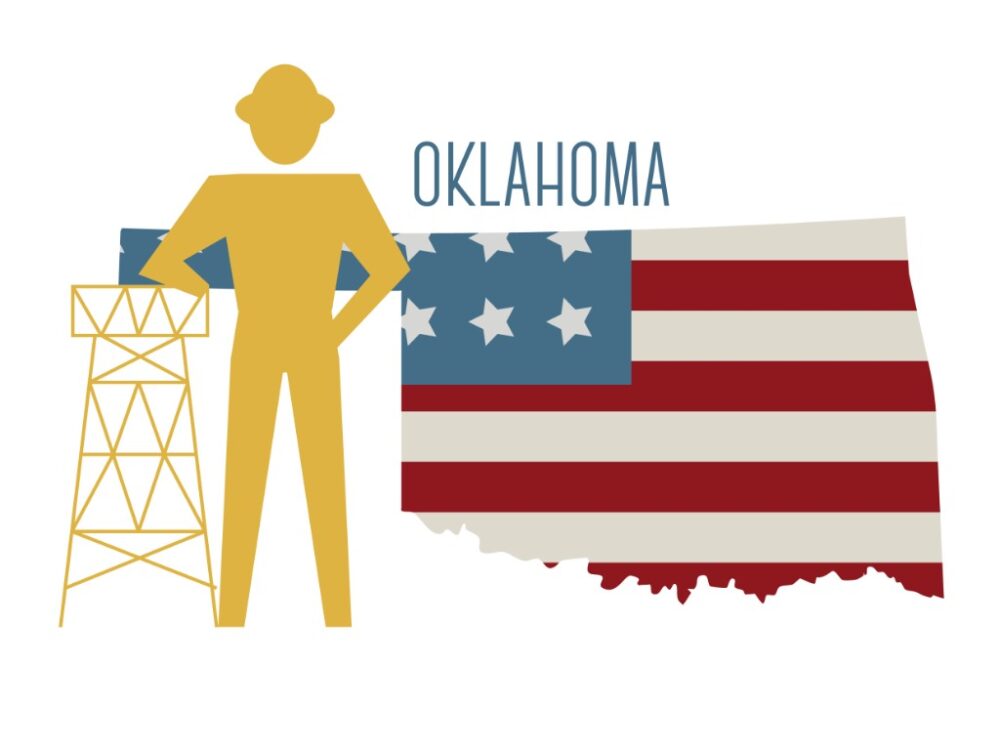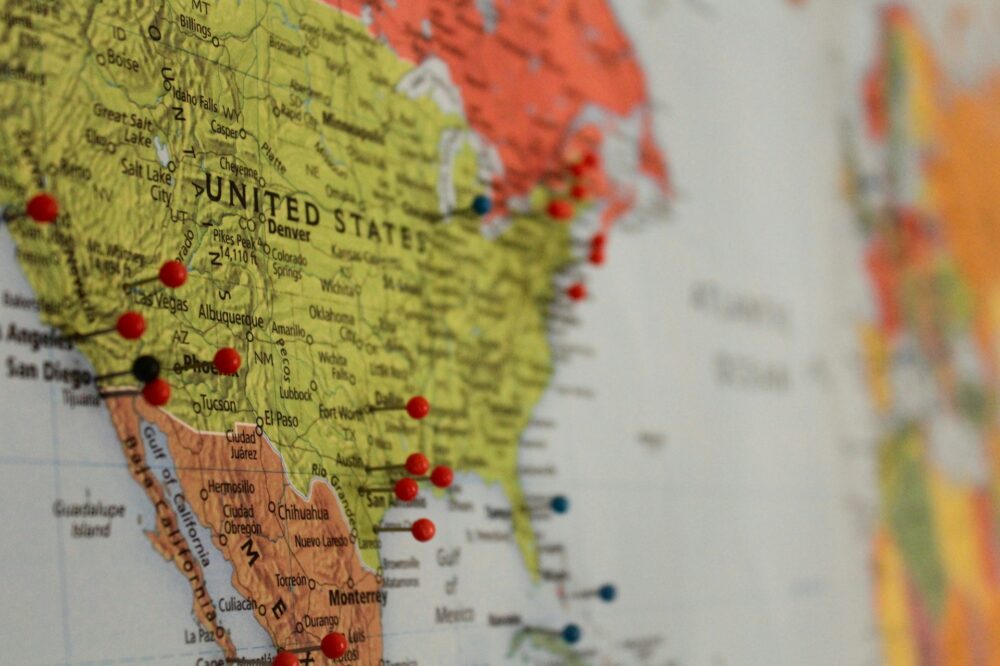Financial illiteracy is a common problem in the United States. According to a study by the National Financial Educators Council, financial illiteracy cost Americans more than $436 billion collectively in 2022. Although most Americans could use a personal finance refresher, residents of certain states have the least amount of financial education, which prevents them from building wealth. Here are the 10 least financially savvy U.S. states.
1. Arkansas

Although Arkansas is nicknamed “the land of opportunity,” the state is plagued by financial illiteracy. According to Kiplinger, only 63% of residents have a savings account, CD, or money market account. Studies have also shown that Arkansans struggle to grasp important financial concepts like compound interest. Hopefully the state’s Financial Education Commission will be able to reverse these troubling trends by promoting financial literacy.
2. New Mexico

New Mexico is another state with high rates of financial illiteracy, perhaps due to low educational attainment. New Mexico has the second lowest public high school graduation rate in the country according to WalletHub. Many residents are also unbanked, which can make it difficult to access credit and build emergency savings.
3. Nevada

The glitz and glamour of Las Vegas can give the impression that Nevadans are wealthy. However, the state has some of the highest rates of bankruptcy, foreclosure, and underemployment in the country. Nevadans also use payday loans more than average due to financial illiteracy and lack of funds. But hopefully the new financial education requirements for high schoolers will help residents make better financial choices in the future.
4. Mississippi

Although the cost of living in Mississippi is low, many residents aren’t doing well financially. Mississippians have the least sustainable spending habits and largest share of unbanked households in the nation. The state also has a high rate of financial illiteracy. A recent study revealed that less than half of residents understood basic investment diversification strategies.
5. Louisiana

Back in 2016, Louisiana received a “D” grade from the National Report Card on Adult Financial Literacy. Unfortunately, residents still display signs of financial illiteracy today. Louisiana has the second highest share of unbanked households in the nation according to WalletHub. Plus, a large percentage of residents borrow from nonbank lenders like pawn shops and have poor spending habits.
6. West Virginia

According to a recent study, West Virginia is one of the least financially educated and disciplined states. Only 15% of residents save a portion of their income every month, leaving many households without enough emergency savings. West Virginians are also behind on retirement savings–just 33% of residents contribute to a retirement fund regularly.
7. Kentucky

Kentucky residents scored low on a test of financial knowledge, with many incorrectly believing that individual stocks are less risky than mutual funds. Additionally, only 42% of Kentuckians had checked their credit score in the past 12 months. These findings suggest that Kentucky has room for improvement when it comes to financial education.
8. Oklahoma

Due in part to financial illiteracy, many Oklahomans don’t have rainy day savings and only pay the monthly minimum on their credit cards. A large percentage of residents are also unbanked and borrow from nonbank lenders that charge higher interest rates. However, Oklahoma’s financial future is looking up. A study on financial literacy among high school students ranked Oklahoma 25th in the nation, so young adults may develop better financial habits than previous generations.
9. Connecticut

Despite its reputation as one of the richest states per capita, many Connecticut residents are struggling financially. Nearly 45% of adults lack a three-month emergency fund and 33% of residents only pay the minimum on their credit cards. Additionally, 17% of residents spend more than they earn and 16% reported having past due medical bills. Luckily Connecticut is adding a personal finance course to its list of high school graduation requirements to help teens learn money management skills.
10. Alaska

Although Alaska boasts a high median income, it is one of the least financially literate states. Alaskans have the highest credit card debt per capita in the country. The state also has the lowest rate of completion of FAFSA applications and lacks financial education programs in schools.
Fighting Financial Illiteracy

One of the best ways to combat financial illiteracy is to teach students about money management from a young age. Luckily many states are beginning to mandate personal finance education in schools, which will help create a brighter financial future for Americans.
Read More
7 Free Online Courses to Improve Your Financial Literacy
Literacy: The Building Block for Financial Success
Come back to what you love! Dollardig.com is the most reliable cash-back site on the web. Just sign up, click, shop, and get full cashback!




